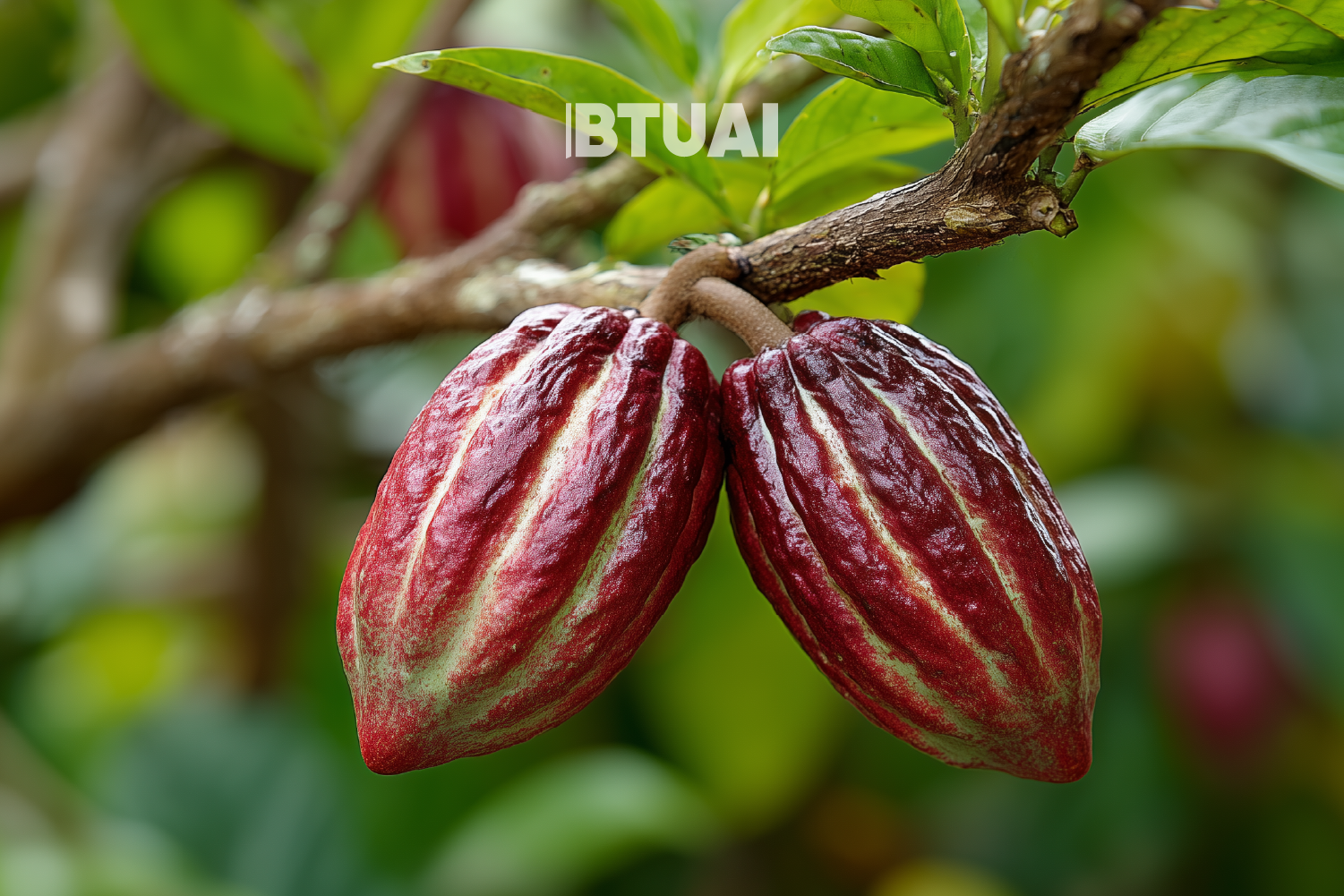Zero Waste, Natural Dyes, and Social Enterprises — The Niche Brands Shaping Georgia’s Green Fashion Future
Niche brands play a crucial role in developing green fashion in Georgia. They operate on a small scale but

Niche brands play a crucial role in developing green fashion in Georgia. They operate on a small scale but create practices that combine environmental responsibility, social inclusion, and the preservation of cultural heritage. While their share of the overall fashion industry is small and their visibility in the domestic market remains limited, these companies are building models that, in the long run, could drive structural change in the sector.
The zero-waste approach is most prominently represented by George Keburia, a brand that employs a “made-to-order” production system. This method means that each item is produced only after a specific order is placed, avoiding excess inventory and wasteful use of resources. The brand also uses organic and recycled fabrics, chemical-free materials, and eco-friendly packaging. The zero-waste model is not just about reducing waste — it’s about creating a transparent and accountable production chain at every stage. In Georgia, however, high prices and limited quantities make these products less accessible to the mass market, so the brand’s primary sales come from international markets.
In the field of natural dyeing, Tamuna Ingorokva’s collaboration with Colours of Caucasus has drawn particular attention, producing garments dyed with plant- and mineral-based pigments. This method significantly reduces the use of chemical dyes, which often contain heavy metals and toxic substances, and at the same time revives traditional Georgian fabric dyeing techniques. The natural dyeing model involves sourcing raw materials from local botanical resources while saving water and energy in the processing phase. Colours of Caucasus founder Nino Ioseliani plans to open dye houses in regional areas to create jobs for women and reduce dependence on imports. While such collections attract international interest, in the domestic market they remain targeted mainly at higher-income consumers.
In handmade and small-batch production, Tatuna and Mella stand out as leaders, working under the principles of slow fashion. This concept focuses on creating high-quality, long-lasting garments designed for timeless appeal rather than fast-changing trends. Tatuna’s collections are handmade, with detailed sketches and cutting techniques that minimize fabric waste. Mella turns leftover fabrics from previous collections into accessories, extending the life cycle of materials. Small-scale production reduces energy and water consumption compared to mass production, but the final product price remains high, limiting broader sales.
In the field of social enterprises and inclusive fashion, Leader/Lemo and Kombinizona are especially notable. Leader/Lemo operates in Gori, producing children’s clothing with a zero-waste approach. The enterprise collects not only its own fabric scraps but also cutting waste from other companies, turning them into new products. Most of its employees are women from vulnerable groups, giving this model significant social value. Kombinizona produces adaptive clothing for children, pregnant women, and people with disabilities, allocating 30% of its income to social projects. This inclusive approach fosters both social integration and economic participation, though domestic sales remain limited.
In upcycling and the use of secondary materials, LEM is considered one of the standout players, turning deadstock fabrics, second-hand leather, and already-used textiles into new products. The upcycling model aims to maximize the use of existing resources while adding new value to them, thereby reducing the need for virgin material production and lowering environmental impact. LEM also offers clothing repair services and delivers its products in reusable packaging. Its main market is still abroad, as high prices and limited production runs remain barriers for many domestic consumers.
The experience of these brands shows that Georgia’s green fashion is evolving through multiple pathways — zero waste, natural dyes, slow fashion, social enterprises, and upcycling. Nevertheless, their scale remains small, and in the domestic market they continue to face price and accessibility barriers, which is why exports remain their main growth direction.




